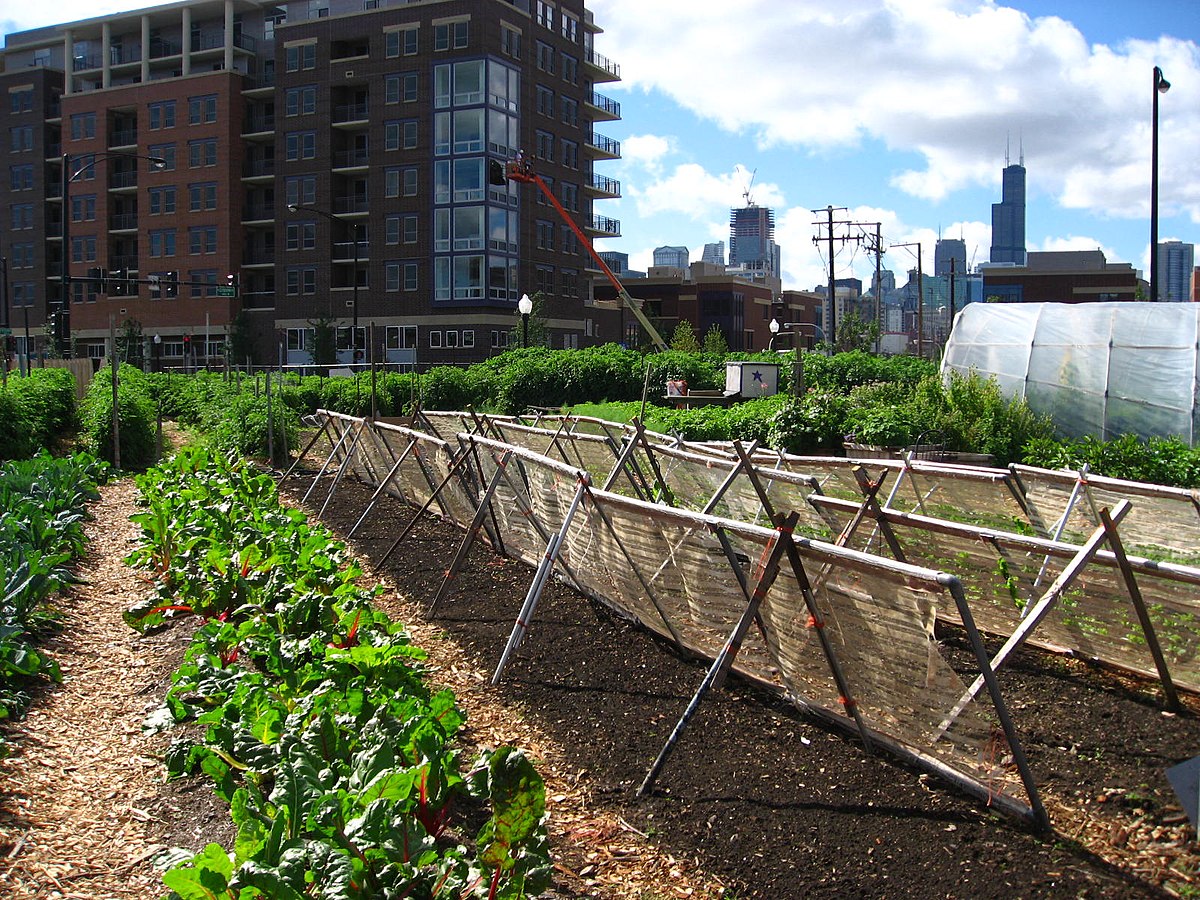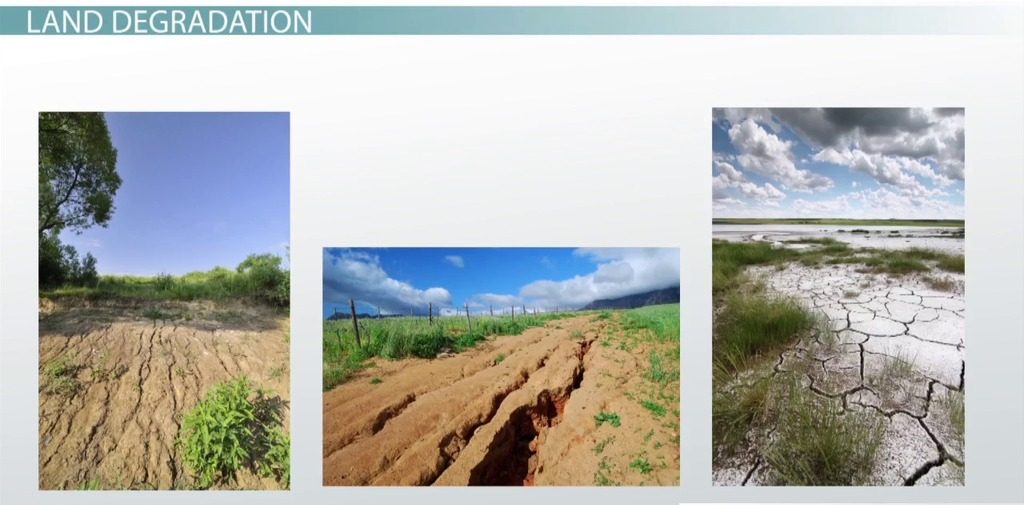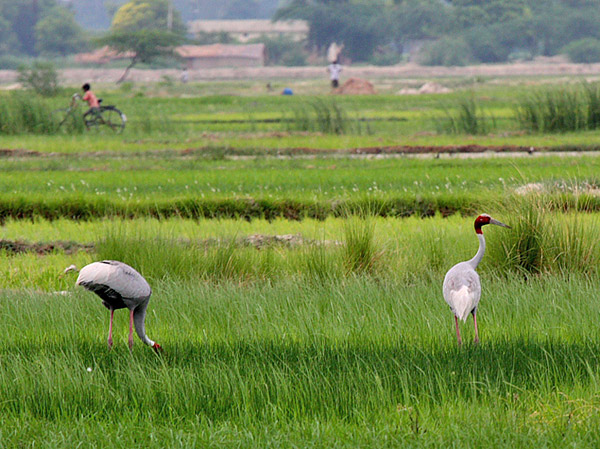Introduction
As our cities continue to expand and our global population swells, the challenges of feeding an ever-growing urban populace have become increasingly pressing. Traditional agriculture, often located far from urban centers, faces logistical hurdles in delivering fresh produce to city dwellers. In response to these challenges, urban agriculture has emerged as a transformative approach to food production, allowing us to cultivate food within the city limits. This blog post delves into the world of urban agriculture, examining its significance, benefits, and its potential to revolutionize urban food systems.
The Significance of Urban Agriculture
Urban agriculture is the practice of cultivating, processing, and distributing food in or around urban areas. It takes various forms, including rooftop gardens, vertical farms, community gardens, and even aquaponics systems integrated into buildings. The significance of urban agriculture cannot be overstated, and here are some compelling reasons why it matters:
Local Food Production: One of the primary advantages of urban agriculture is its ability to provide local, fresh produce to urban communities. By growing food within the city, we reduce the need for long-distance transportation, cutting down on carbon emissions and ensuring that consumers have access to nutritious, fresh food.
Food Security: Urban agriculture enhances food security by diversifying food sources and reducing dependence on centralized supply chains. In times of crisis, such as the COVID-19 pandemic, urban farms and gardens played a crucial role in providing access to food when traditional supply chains faltered.
Community Building: Community gardens and urban farms have the power to bring people together. They provide spaces where urban residents can connect, share knowledge, and develop a sense of ownership and pride in their local food systems. These communal spaces foster a sense of belonging and social cohesion.
Resource Efficiency: Urban agriculture often makes use of innovative technologies and techniques to maximize resource efficiency. Vertical farms, for example, use less land and water compared to traditional farming methods. Aquaponics systems recycle water and nutrients, reducing waste. These approaches contribute to sustainability by conserving resources.
Benefits of Urban Agriculture
Urban agriculture offers a wide array of benefits, which contribute to the well-being of individuals, communities, and the planet. Here are some key advantages:
Access to Fresh, Nutritious Food: Urban agriculture provides access to fresh, locally grown produce, which is often healthier and more nutritious than store-bought alternatives. This can improve the overall health and well-being of urban residents.
Green Spaces in Cities: As cities become increasingly built-up, urban agriculture helps create green spaces that improve air quality, mitigate urban heat islands, and provide habitats for wildlife. These green oases contribute to the overall livability of cities.
Employment Opportunities: Urban farming and related industries create job opportunities in cities, particularly in low-income neighborhoods. These jobs range from farming and gardening to marketing and distribution, stimulating economic growth.
Educational Opportunities: Urban agriculture provides a valuable educational platform. Schools, community centers, and organizations can use urban farms and gardens as hands-on learning environments to teach children and adults about agriculture, sustainability, and healthy eating habits.
Resilience to Climate Change: By decentralizing food production and reducing the distance food travels, urban agriculture can increase a city’s resilience to the impacts of climate change, including extreme weather events and disruptions to traditional food supply chains.
Challenges and Solutions
While urban agriculture offers numerous benefits, it also faces various challenges. These challenges include limited space, soil quality issues, zoning regulations, and access to resources. However, innovative solutions are emerging to address these obstacles:
Vertical Farming: Vertical farming systems make efficient use of vertical space, allowing for increased food production in small footprints. These systems use controlled environments and hydroponics to grow crops without soil, addressing soil quality concerns.
Container Gardening: Container gardening enables people to grow food on rooftops, balconies, and small outdoor spaces. Containers can be filled with high-quality soil, overcoming soil-related limitations.
Community Engagement: Advocacy and community involvement can help change zoning regulations and policies to support urban agriculture. Engaging with local government and advocating for urban farming can create a more favorable environment for food production within city limits.
Resource Recycling: Urban agriculture often incorporates practices such as composting and rainwater harvesting to maximize resource efficiency. These methods help address resource limitations and reduce waste.
Conclusion
Urban agriculture is more than just a trend; it’s a necessary response to the challenges of our urbanizing world. It brings communities closer to their food sources, promotes sustainability, and contributes to the health and resilience of cities. As we look to the future, integrating urban agriculture into urban planning and policy becomes increasingly vital. By doing so, we can ensure that our cities not only grow taller but also greener and healthier, one harvest at a time.





